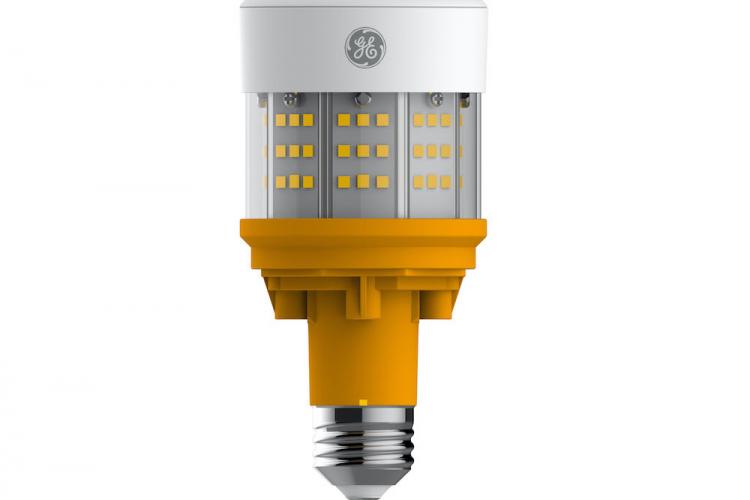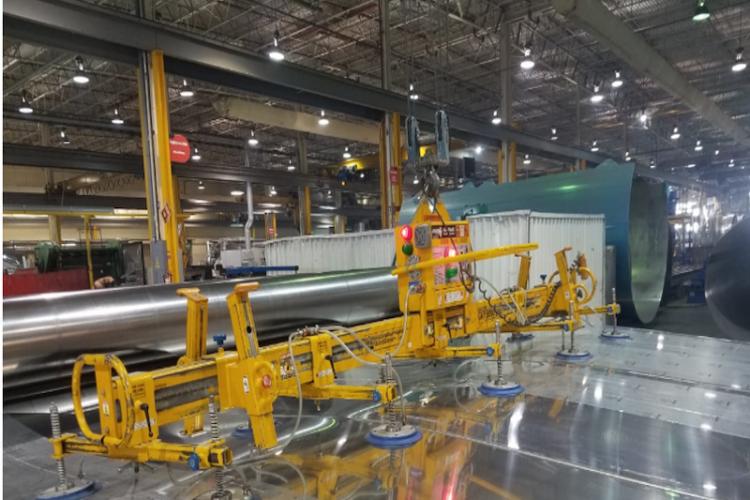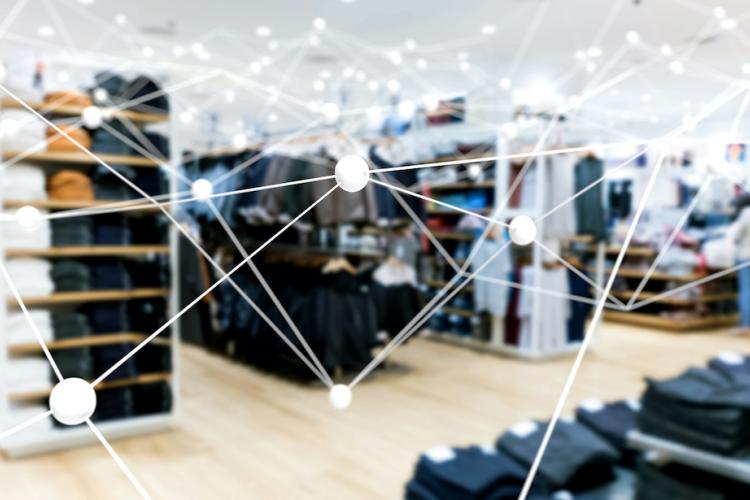Part Two - Q&A: How Branches are Banking on Smarter Buildings
Part Two - Q&A: How Branches are Banking on Smarter Buildings
Part Two - Q&A: How Branches are Banking on Smarter Buildings
In part one, Peter Atanasovski, principal digital product manager at Current, explained why banks are focused on advanced energy-management strategies. In part two, Peter explains how Current makes enterprise-wide control of branches and other buildings possible from a single platform.
Current: How can banks achieve an enterprise-wide view of energy use?
Peter: Our answer is a multibranch controls and energy management system called AllSites. It was built by facility experts and allows enterprises to unify, analyze and control their building systems across thousands of sites, consolidating all that data into a central repository. As you look at making branch upgrades, you should consider a solution that is open, scalable and secure, and that is immediately ready to be a part of your transformation. AllSites optimizes lighting, HVAC and other building systems, and can deliver traditional BAS/EMS features and functionalities at a fraction of the cost, making it more feasible to bring advanced energy control and smart alarming to smaller sites.
C: How does Current do this?
P: In most bank branches, it starts by installing controls in individual light fixtures, then adding plug load controls as well as temperature and humidity sensors that will ensure a comfortable environment all day long. These devices at the edge, communicating across the Zigbee standard protocol, generate data that is collected by wireless area controllers (WACs) that can connect to up to 200 devices, which tends to be more than enough to support the needs of the branch. These WACs connect to the internet via cellular modem, sending data to the cloud where it can be managed by the AllSites engine.
C: What’s the benefit to the user?
P: The benefit is twofold, in fact, and this starts with visibility into HVAC asset performance. Remember, many building assets do not collect or manage data. But now, as a customer, you’re able to collect and analyze data from thousands of assets and endpoints that you had no visibility into before. That’s powerful insight that can drive countless better, smarter decisions. The second benefit is that all this data is now consolidated in a single pane of glass. For the facilities supervisor, it becomes possible to monitor all building systems and manage alarms and alerts from the same web-based platform. Rather than navigate through four different clouds or remember six user names and passwords, there is now one login interface. You don’t have to be in Charlotte and wonder what’s going on in New York—you can check in anytime and from anywhere you have internet access. You can also find all the data needed for internal and external reporting in one place.
C: How is operational efficiency increased in buildings?
P: Every bank appreciates how small, incremental investments can add up quickly, and advanced energy management is no different. It might not seem that dimming lights on a sunny day or turning the air off at the precise moment will make a great impact on your operation, until you consider how optimizing every minute of every day across hundreds of sites can amount to electricity savings measured in millions of dollars. When assets work smarter not harder, when you minimize unnecessary repairs and when limited maintenance resources can be utilized more efficiently, maintaining the ebb and flow of branch operations becomes more seamless and intuitive. And many times, these savings can be used to fund the project or arrive at an energy-as-a-service arrangement, where cost is determined by the monthly reductions you are seeing.
C: Can banks also improve the customer experience?
P: With the right controls, you can “see” your operation differently. For instance, among banks there’s great interest in counting the number of people coming into the branch. This data could trigger a text message to all employees, alerting them anytime additional customer service is required. And over time, this same data can reveal trends, including when the biggest crowds come into the bank. When you can capture foot traffic at that granular level, it starts to inform things like smarter scheduling, such as putting more employees in the branch during peak transaction times or shifting service activities to sales activities when things slow down. Also, the sensors and intelligent devices in your branch can be used to engage customers by sending reminders and special offers to their smartphones, or maybe it’s a map showing which meeting room to go to. I think many banks that started on this path with energy savings as the prize will also learn how to leverage these same technologies to create experiences customers come back for.
C: What about security concerns?
P: Data security and customer privacy are paramount of course. Current takes many steps to ensure that its intelligent environment solution is secure. First, all edge devices undergo rigorous review by Current’s security teams, which conduct regular network and cloud security assessments, perform vulnerability tests and implement product cyber security best practices. In addition, all software undergoes regular application security testing as part of Current’s software development life cycle. With the solution data hosted on Amazon Web Services and secured via the HTTPS protocol, customers can feel confident that their data is safe, secure and available only to registered users. Current also suggests customers consider deploying an air-gapped network for their intelligent environment solution. An air-gapped network physically separates IoT traffic from the IT traffic, effectively eliminating the possibility of devices from one network communicating with devices on the other. With Current’s wireless area controller (WAC) managing up to 200 individual nodes, a single WAC can easily manage all the devices necessary to digitize the assets in a bank branch.
C: What advice do you have for branch owners?
P: Whether it’s a lighting installation, new high-efficiency RTUs or even an on-site solar array, be ready to scale your solution quickly once you’ve seen the benefits at multiple sites. One mistake a company can make is not converting its broader property portfolio quickly enough so that all sites can benefit from the same technologies. The added benefit here is that these technologies become standardized across the portfolio, which makes equipment upkeep and future upgrades more streamlined when you’re not dealing with an array of different systems and requirements.
C: How can banks move projects forward?
P: Every organization is different, but the challenge often comes down to rallying leaders and project champions at the regional and corporate levels, and across departments a lot of the time. Despite what the CIO or head of sustainability might want, and regardless of the savings one franchise might have achieved, decision-making can be decentralized, meaning a unified strategy will require some amount of education and determination. Security is also a constant concern for any cloud deployment. In our experience, shifting the conversation from OT to IT sooner than later—and inviting IT to the table—can prevent larger obstacles from impeding your progress down the road. Certainly, it’s easy to take a wait-and-see approach but we see more banks being proactive in solving energy management with connected solutions.
Learn even more about banks that are using digital infrastructure to create incredible outcomes.






